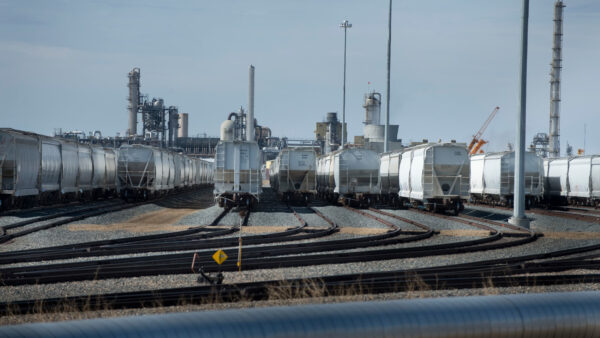After ejecting Chinese construction firms from its $3.75bn high-speed rail project last year, Mexican officials are now said to be keen to involve them in building the country’s new, multi-billion-dollar airport (pictured).
They hope to soothe hurt feelings in China and attract investment for what will eventually be one of the world’s biggest airports, a source told Reuters.
“In some levels of (China’s) government there is deep disappointment and a deep lack of confidence toward Mexico,” the source said, asking not to be named. “The ball is in our court, and we have to show willingness with new projects.”
The first phase will have three runways and will be able to handle 50m passengers a year by 2020. Subsequent phases will add three more runways to bring annual handling capacity to 120m passengers–
Relations between the two countries came under pressure in November last year when, without warning, the Mexican government cancelled the contract to build its planned new high-speed rail scheme, a contract it had awarded to a Chinese-led consortium only days before.
The move shocked the government in Beijing, who called on Mexico to pay the affected companies proper compensation for the cancelled deal. A consortium led by state-owned China Railway Construction Corporation (CRCC), which included Chinese train maker CSR and Mexican firms, had been the only bidder for the project to build a 220km line from Mexico City to the rapidly growing industrial centre of Querétaro.
The job was retendered in January but, soon after, the government suspended the project indefinitely because of falling oil prices and the need to cut public spending.Â
Olive branch
Now the ambitious, Foster + Partners designed airport may provide a useful olive branch for Mexico to offer China, which has a number of large companies experienced in airport construction.
The anonymous source pointed out that some will have already worked with architect Norman Foster, who designed Terminal 3 of Beijing’s airport.
It’s a massive project. The first phase will have three runways and will be able to handle 50 million passengers a year by 2020.Â
Subsequent phases will add three more runways and will bring eventual annual handling capacity to 120 million passengers. Its cost has been estimated at over $9bn.
Last month US firms Parsons and CH2M Hill were appointed program managers for phase 1.










